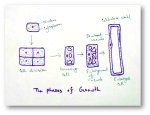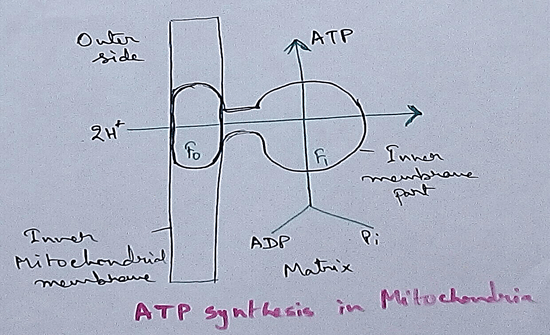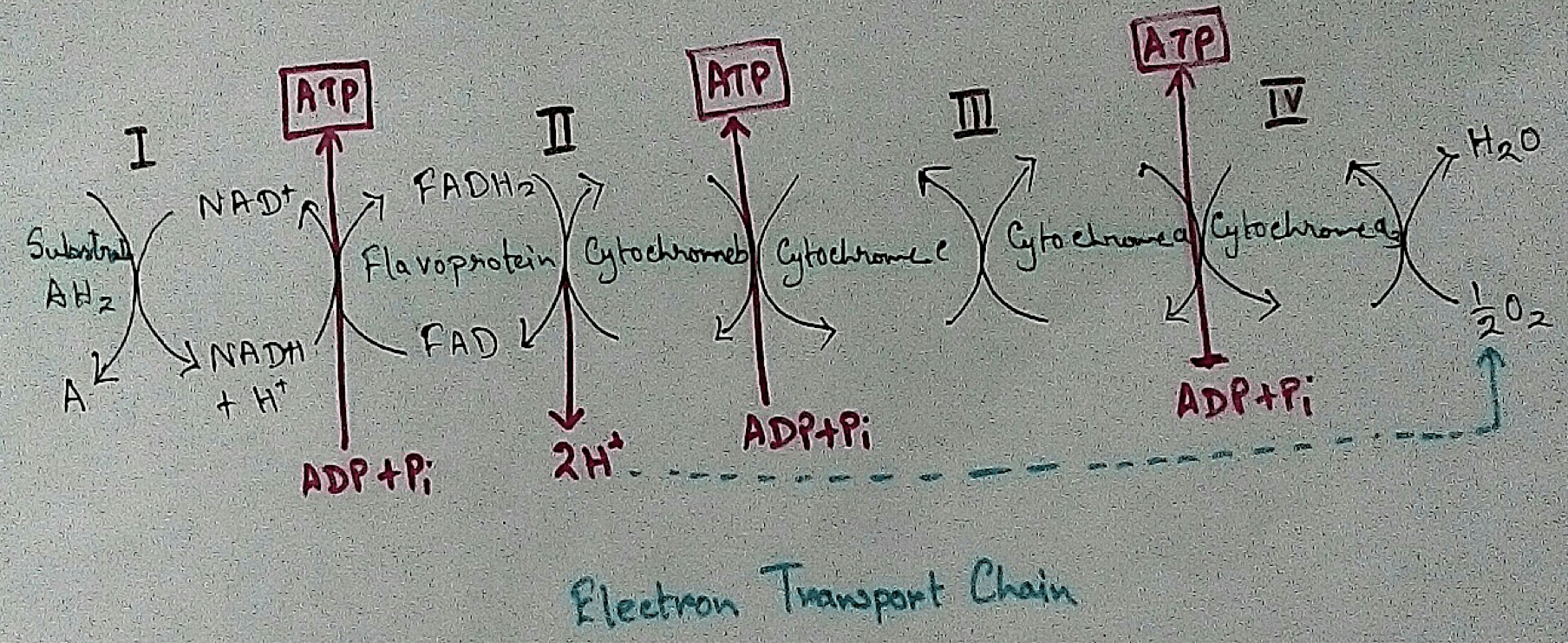Decimal Numbers
This topic will deal with decimal numbers. We define decimal numbers as two parts one is whole number part and the other is fractional part. Both are separated by decimal point. For example 45.325 is a decimal number where 45 is the whole number and 325 is the fractional part. This dot in between 45 and 325 is decimal point. The numbers to the right of the decimal point is whole number part and is greater than the number on the left side of the decimal point that is fractional part.
So, as we move from left to right the value of the numbers go on decreasing or in other words its value decreases. As, in the example 45.325, here the value of 45 is more than the 325 which is after the decimal point. Again we can say the value of 4 is more than 5. As 4 represents 40 and 5 in the ones place represent .Likewise 3 after decimal point represents \(\frac{3}{10}\), 2 represents \(\frac{2}{100}\), and 5 represents \(\frac{5}{1000}\). So, we can understand that each of the digits after the decimal point are divided by 10, 100, 1000, 10000, and so on. Moreover the digits after the decimal points are therefore tenths, hundredths thousandths as they are divided by 10, 100, 1000, 10000, and so on.
There is a fact that in decimal number after the last number we can put as many zero as we wish because there is no value. For example: 7.25100000000 here 7 is the whole number part and 251 is the fractional part. Now the zero’s after the digit 1 in fractional part does not have any value. It will be considered as 7.215. If we put more zero’s then also the value would have remained unchanged as 7.215. Like the value of 7.215 is same as 7.215000 and 7.2150. All the decimal numbers have same value here. This concept is very useful in changing unlike decimals into like decimals. However, if we write 7.2105 here 7 is the whole number part and 2105 is the fractional part and the value of 7.215 and 7.2105 are different as the zero is placed in between the number. as we know that in whole numbers zero has a value. More the number of zero’s at the end in the whole number greater is the value of the number. However, this concept is not applicable in case of decimals.
The main or basic four operations can be carried out on decimal numbers that is addition, subtraction, multiplication and division. In the topic we will also learn other things like conversion of decimal numbers into fraction, fraction to decimal numbers, determining like and unlike decimals, converting like decimals into unlike decimals, non-terminating and terminating decimals and problems on decimal fractions as well.
Decimal numbers finds a great application in practical life as while calculation of many things like amount of money, litres of petrol, cost of goods, cost of per unit of any product be it medicinal or consumer products we find the amount in decimal.
From Decimal Numbers to HOME PAGE
Recent Articles
-
Explain about Growth in Plants |Definition of Growth & Differentiation
Feb 27, 25 02:07 PM
Growth is a permanent increase in length or volume of an organism that brought upon by an increase in its dimensions due to synthesis of new protoplasmic material. -
Definition of Respiratory Quotient | calculation | Application | Plant
Dec 02, 24 12:09 AM
Definition of respiration quotient- the ratio of the carbon-dioxide evolved to that of the oxygen consumed by a cell, tissue, plants or animals in a given time is called respiratory quotient. It is us… -
Amphibolic Pathway | Definition | Examples | Pentose Phosphate Pathway
Jun 06, 24 10:40 AM
Definition of amphibolic pathway- Amphibolic pathway is a biochemical pathway where anabolism and catabolism are both combined together. Examples of amphibolic pathway- there are different biochemical… -
Respiratory Balance Sheet | TCA Cycle | ATP Consumption Process
Feb 18, 24 01:56 PM
The major component that produced during the photosynthesis is Glucose which is further metabolised by the different metabolic pathways like glycolysis, Krebs cycle, TCA cycle and produces energy whic… -
Electron Transport System and Oxidative Phosphorylation | ETC |Diagram
Feb 04, 24 01:57 PM
It is also called ETC. Electron transfer means the process where one electron relocates from one atom to the other atom. Definition of electron transport chain - The biological process where a chains…




New! Comments
Have your say about what you just read! Leave me a comment in the box below.